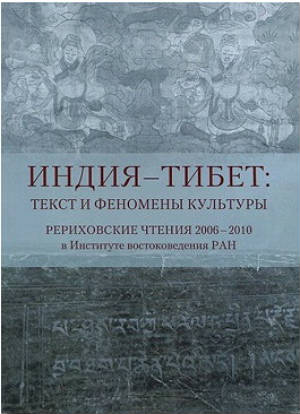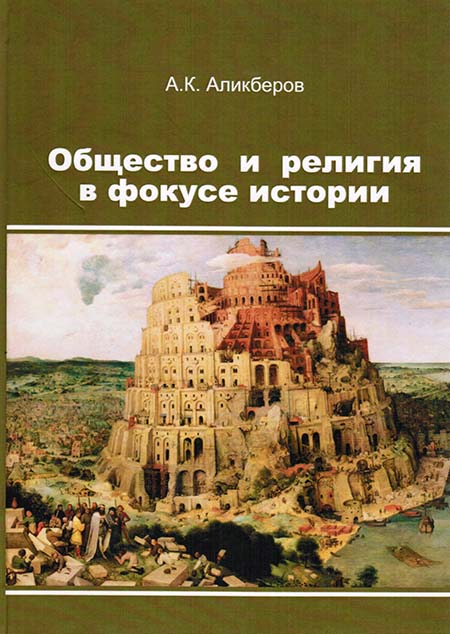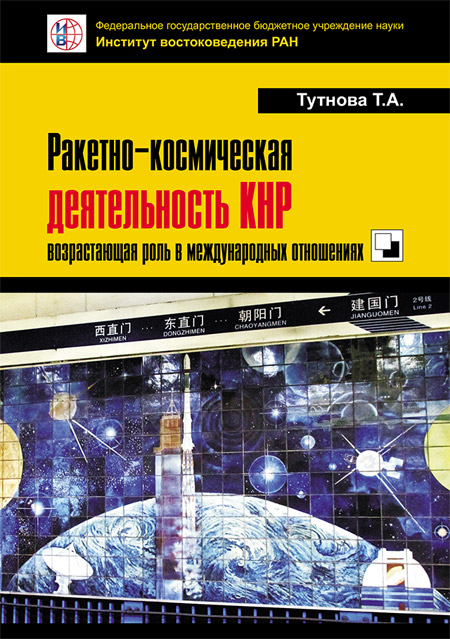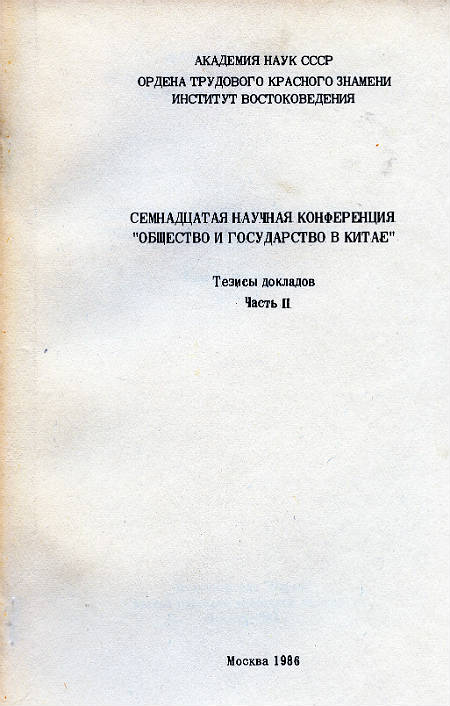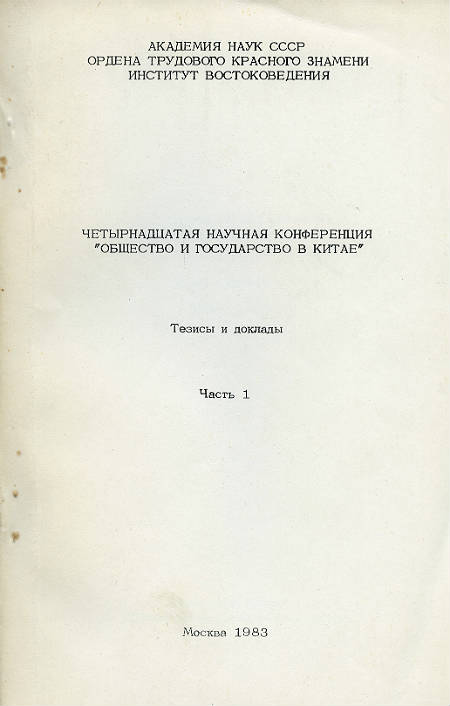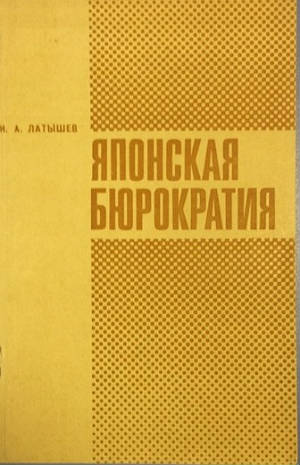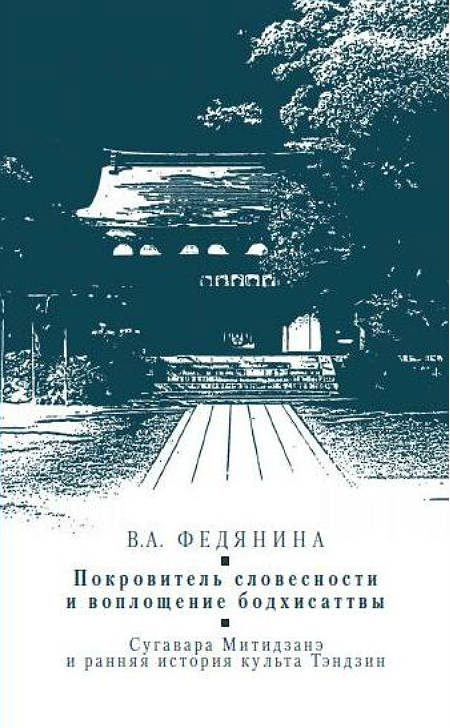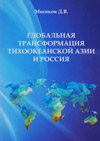Book
Lahore : Topophilia of Space and Place
Translator: Suvorova Anna
New York , 2012, 230 p.
This book is the second enlarged edition of authorized translation of the monograph “Love Lahore: Topophilia of an Orient City” (Moscow, 2009). The translation is done by the author herself. The foreword to this book is written by famous American expert in Islamic studies Carl W. Ernst. The first edition was published by Oxford University Press in Pakistan in 2011.
The book is a reconstruction of the historical and cultural images of Lahore, one of the oldest cities in the Indian Subcontinent. Lahore for a thousand years had been the cultural center of Northern India extending from Peshawar to New Delhi. This pre-eminent position it holds in Pakistan as well. The people of Lahore, when they want to emphasize the uniqueness of their hometown say “Lahore is Lahore”. Lahore is the city of poets, artists and the center of film industry. It has the largest number of educational institutions in the country and some of the finest gardens in the subcontinent. Apart from being the cultural capital of the country, Lahore is the showcase for Mughal architecture in Pakistan. For more than two hundred years, beginning from about 1524 AD, Lahore was a thriving cultural centre of Great Mughal Empire. Mughal Emperors beautified Lahore with luxurious palaces, splendid gardens, magnificent shrines and mosques. The present book is based on numerous historical and literary primary sources, memoirs, travelogues and documents. While writing on Lahore the author has chosen an interdisciplinary approach that combines studies of cultural anthropology, art history, and humanistic geography. The central point of the analysis is topophilia (lit. love of place). It is a term used to describe the strong sense of place or identity among certain peoples and groups. In the present book, the topophilia of Lahore is represented through interrelations of different types of urban locations, landscapes, architecture and artifacts of the one hand and human attitudes, rituals and manners and customs on the other. The author’s aim is to show how the historical and cultural developments of people build up the cultural landscape of the city and how the geographical place and space, in their turn, influence the behaviour and identity of Lahore’s citizens.


